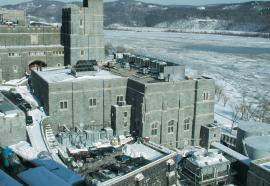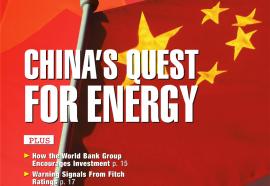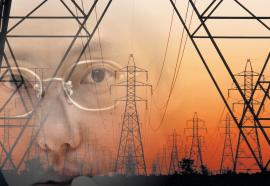Synchronizing on West Point
Could local generators be used either to regulate voltage or control the power factor on distribution systems in New York?
Reactive power is becoming a hot issue in many regions of the country. Regulators and grid operators are grappling with ways to account fairly for reactive power supplies, and to encourage such resources to come online where they are needed. These analyses, however, are largely ignoring a vast fleet of infrastructure already installed on the network. West Point military academy, for example, has four small synchronous generators that are used for combined heat and power or emergency power applications. If these generators also were used as synchronous condensers, they might supply additional revenue to pay for the distributed energy investment.







